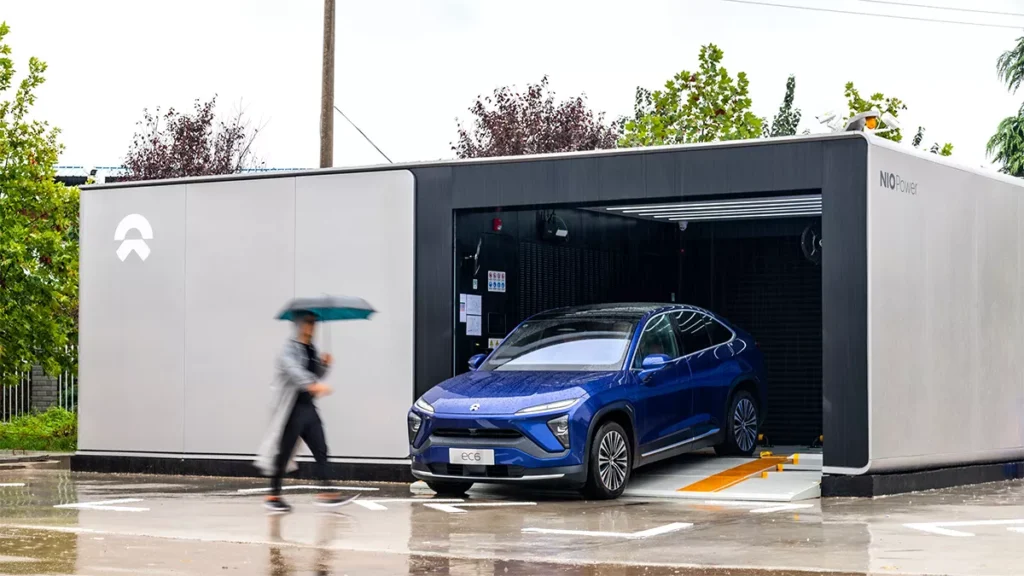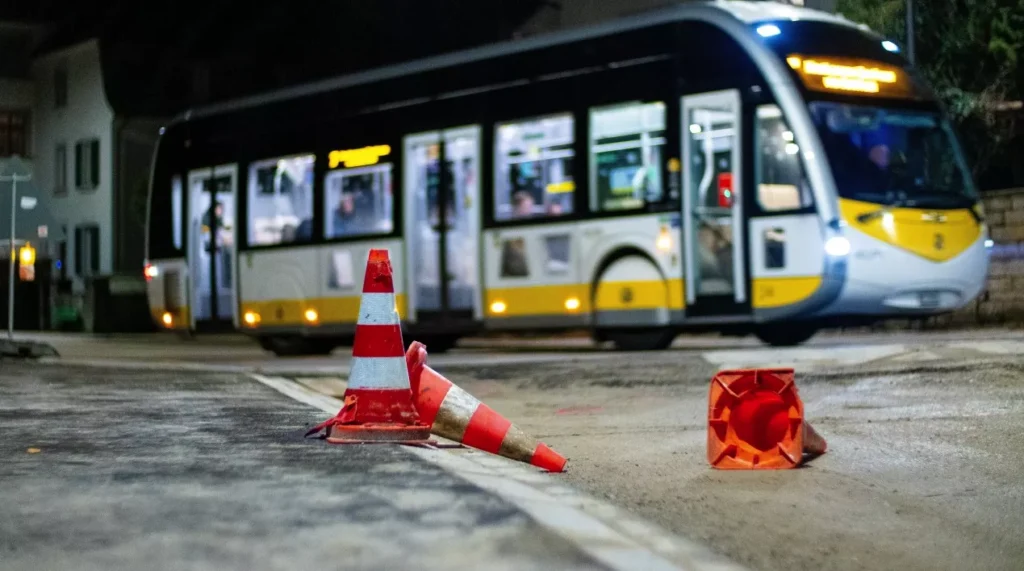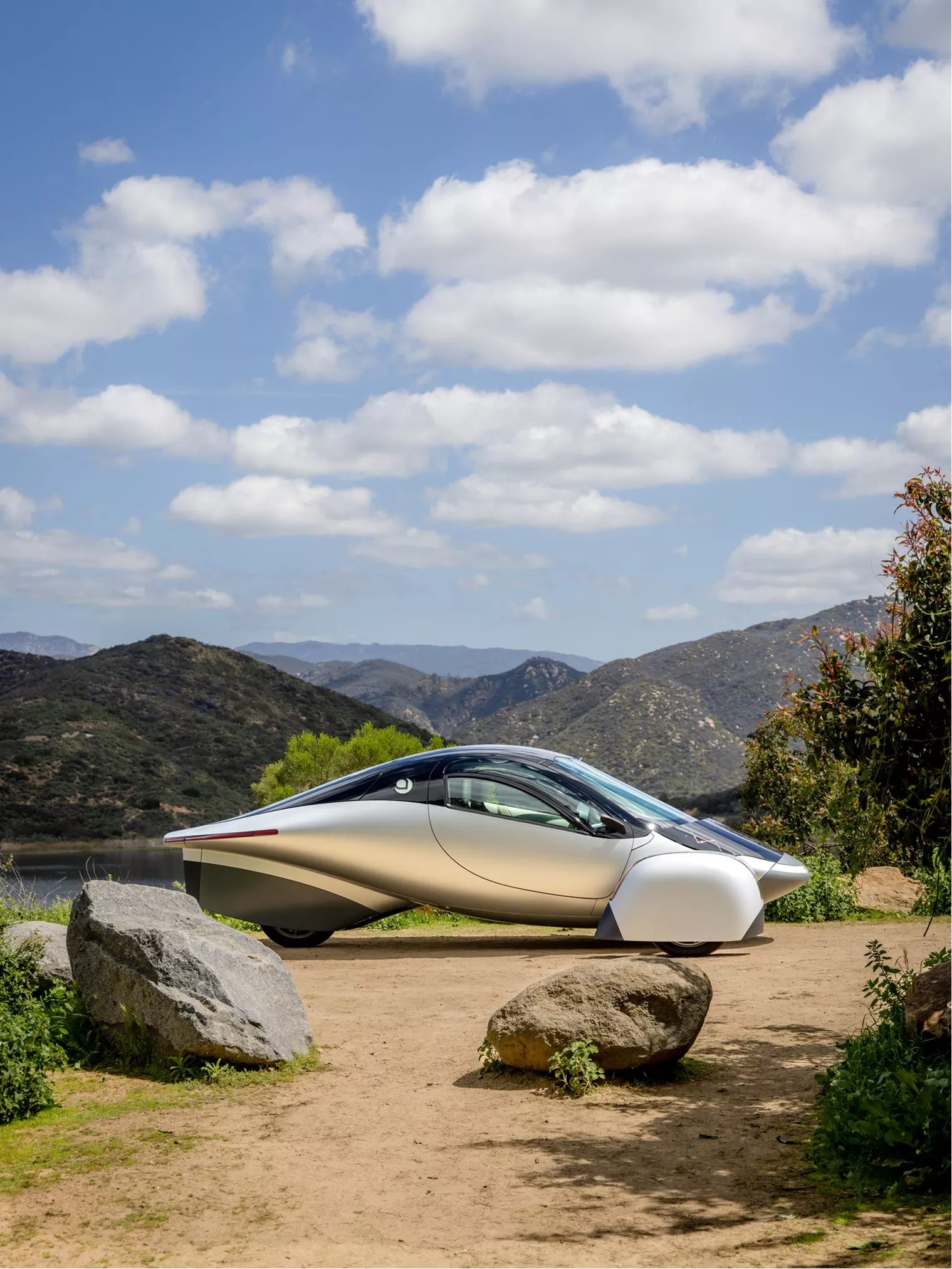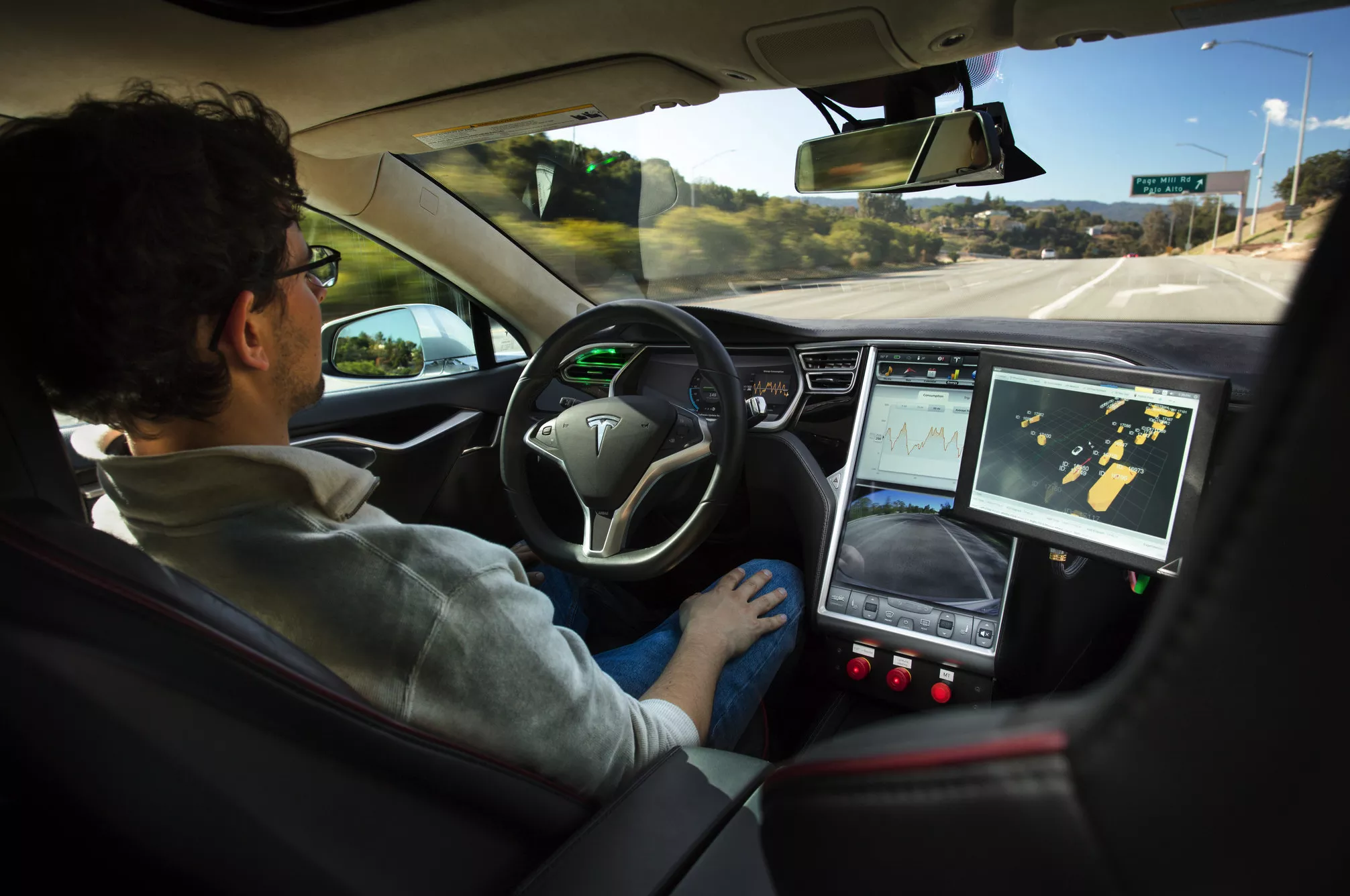










From EVs and batteries to autonomous vehicles and urban transport, we cover what actually matters. Delivered to your inbox weekly.

Self-driving cars were supposed to take over by now… so why are we still waiting?
The dream of full autonomy promised cars that drive themselves by 2020, then 2025, then 2030… but the reality is far more complex. While companies like Waymo, Tesla, and Mercedes-Benz push forward, autonomous vehicles (AVs) are stuck in regulatory, technological, and infrastructure bottlenecks.
So, where do we really stand? Is full autonomy coming soon, or are we still decades away?

While the world debates self-driving technology, some companies are solving a more immediate challenge — compact, efficient, and high-performance urban EVs. Enter Revoltz, a company focused on modular, micro-electric vehicles designed for dense cities. Could compact EVs like Revoltz be the real disruptors of urban mobility? Read more about Revoltz here.
What’s the one thing automakers and tech giants keep overpromising? Self-driving cars.
Back in the 2010s, Tesla, Uber, and Ford promised Level 4 & 5 autonomy by 2021. Fast forward a decade, and we’re still waiting.
🚗 Uber’s AV Dreams (2018): Shut down after a fatal self-driving crash in Arizona .
⚠️ Tesla’s “Full Self-Driving” (2016): Marketed as near-autonomous, but remains Level 2 today.
📉 Gartner’s Hype Cycle (2018): Marked AVs as deep in the “trough of disillusionment.”
Despite major investments, fully autonomous vehicles are still far from mainstream.
🚖 Waymo’s Slow Expansion: Still limited to geo-fenced Level 4 zones in select cities.
⚡ Mercedes-Benz Drive Pilot (Level 3): Legal in California & Germany — but only in stop-and-go traffic.
🔋 Tesla’s FSD (Still Level 2.5): Requires driver attention at all times, despite Musk’s promises.
🔹 2030: S&P Global estimates just 6% of new vehicles will have Level 3+ automation.
🔹 2040s: Full Level 5 self-driving still projected to be decades away.
🔹 Biggest barrier? Cost — Lidar sensors still cost over $6,000 per vehicle.

🚨 Big Question — Will we ever see fully autonomous cars in mass adoption, or will human drivers remain necessary for decades to come?

🚗 Tesla Upgrades Autopilot in China
Tesla rolled out city-driving Autopilot in China, adding automatic lane changes & traffic light recognition — but some users say it still falls short of expectations. (WSJ)
⚡ Stellantis Unveils ‘Hands-Free, Eyes-Off’ Driving
Jeep & Dodge models will get Level 3 autonomy under 37 mph, with expansion to higher speeds & off-road modes planned. (The Verge)
🔋 BYD’s ‘God’s Eye’ ADAS Goes Mainstream
China’s EV giant BYD is making semi-autonomous driving standard in 21 models—but critics question if it matches rivals like Tesla. (Wired)
♻ AAA Survey: Drivers Still Don’t Trust Self-Driving Cars
A new AAA survey shows most drivers prefer advanced safety features over full autonomy, signaling slow adoption for AVs. (AAA)
Autonomous tech keeps moving forward, but if public trust and regulations don’t keep up, the self-driving future may stay stuck in the slow lane.
Self-driving cars have been hyped as the future of mobility — but are they really as close as automakers claim?
Yes, autonomous vehicles (AVs) promise safer roads, fewer traffic jams, and 24/7 robotaxis. But just like solid-state batteries, big promises don’t always mean fast results.
The reality? We’re still years — if not decades — away from full autonomy on a large scale. Let’s bust some myths.
🚫 Reality: Companies like Tesla, Waymo, and Cruise have been pushing timelines back for over a decade. Current estimates suggest only 6% of new vehicles will have Level 3+ automation by 2030, and Level 5 (fully driverless) is still far off.
Even then, don’t expect to own one — AVs will likely stay in fleet-based robotaxi models before private ownership becomes viable.
⚠️ Reality: While autonomous vehicles can reduce human error, they struggle with unpredictable real-world conditions — like pedestrians, cyclists, and construction zones.
Waymo reports a disengagement rate of 0.09 per 1,000 miles — but that’s in controlled environments. And Tesla’s Full Self-Driving still relies on human intervention and has been involved in several high-profile accidents.
Safety is improving, but AVs still aren’t fully reliable in mixed urban traffic.
💰 Reality: The sensor suite required for full autonomy is still too expensive for mass production. Lidar costs are still around $6,000 per vehicle, making it financially unfeasible for consumer AVs. Also, AV software requires massive real-time computing power, adding to production costs.
Expect high-end robotaxis before self-driving features trickle down to personal cars.
Think self-driving cars are right around the corner? Not so fast. This in-depth analysis breaks down the regulatory roadblocks, tech limitations, and why Level 5 autonomy is still a distant dream.
Imagine a world where cars drive themselves 24/7, eliminate accidents, and make traffic jams a thing of the past. No fatigue, no road rage—just efficient, AI-powered mobility. Sounds like the future, right?
But here’s the catch—the tech still isn’t reliable enough, regulations are a mess, and public trust is shaky at best. Even if Level 5 autonomy becomes reality, will people actually embrace a world without steering wheels?
So, what’s more likely?
💡 A world where self-driving cars rule the roads by 2035?
🚦 Or another overhyped tech that stays stuck in pilot mode?
📢 Drop your take in the comments! Is full autonomy inevitable, or are human drivers here to stay?